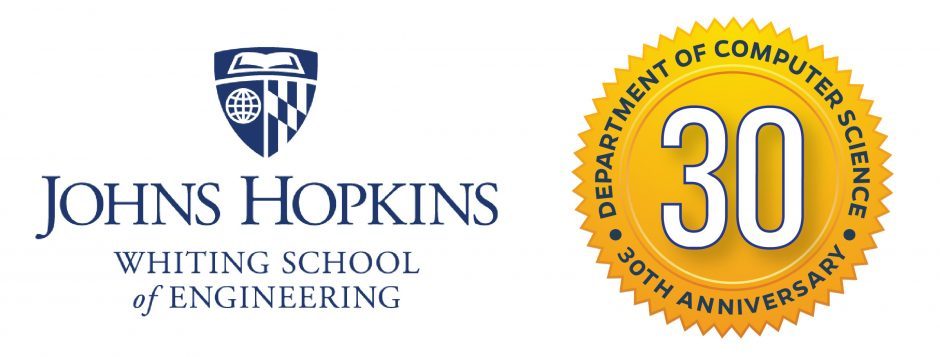In recognition of its 30th anniversary, the Department of Computer Science has established a lecture series to honor its founding chair, Gerald M. Masson, whose tenacity and visionary leadership paved the way for the department’s current success and prominence. The Gerald M. Masson Distinguished Lecture Series will bring four leading computer science researchers to Johns Hopkins’ Homewood campus throughout the academic year to talk about important topics in the field.
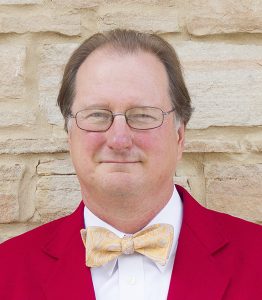 Mark D. Hill
Mark D. Hill
University of Wisconsin-Madison
Title: Computer Architecture 1975-2025
Date: Tuesday, November 8
Time: 10:30 a.m.
Location: Hackerman Hall B-17
Mark D. Hill is John P. Morgridge Professor, Gene M. Amdahl Professor of Computer Sciences, and Computer Sciences Department Chair at the University of Wisconsin-Madison. Professor Hill is a senior computer architect interested in parallel-computer system design, memory system design, and computer simulation. He developed the 3C cache miss taxonomy (compulsory, capacity, and conflict) and co-developed “sequential consistency for data-race free” that serves as a foundation of the C++ and Java memory models. He is a fellow of IEEE and the ACM, co-inventor on 35 patents, and taught more than 1000 students with 40 Ph.D. progeny so far. Hill has a PhD in computer science from the University of California, Berkeley and currently serves as Vice Chair of the Computer Community Consortium.
Abstract: This talk will explain how computer architects contribute to information technology that is transforming the world. It will present computer architecture basics and trends since the first microprocessor in the mid-1970s. It will then discuss how present challenges to Moore’s Law will open up new directions for computer systems, including architecture as infrastructure, energy first, impact of emerging technologies, and cross-layer opportunities. Reference: CCC “21st Century Computer Architecture.”
To download Dr. Hill’s lecture poster, click here. To register, click here.
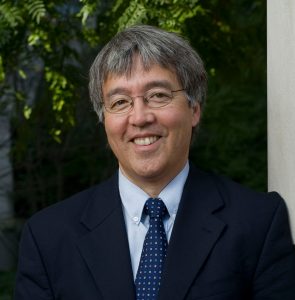
Jim Kurose
Assistant Director
National Science Foundation
Directorate of Computer & Information Science & Engineering (CISE)
Title: An Expanding and Expansive View of Computing
Date: Thursday, November 17
Time: 10:30 a.m.
Location: Hackerman Hall B-17
Dr. Jim Kurose is an Assistant Director of the National Science Foundation (NSF), where he leads the Directorate for Computer and Information Science and Engineering (CISE).
With an annual budget of more than $900 million, CISE’s mission is to uphold the nation’s leadership in scientific discovery and engineering innovation through its support of fundamental research in computer and information science and engineering and transformative advances in cyberinfrastructure. Dr. Kurose is on leave from the University of Massachusetts, Amherst, where he is a Distinguished Professor in the College of Information and Computer Sciences.
His research interests include network protocols and architecture, network measurement, sensor networks, multimedia communication, and modeling and performance evaluation. He has received a number of awards for his research and teaching, including several conference best paper awards, the IEEE Infocom Achievement Award, the ACM Sigcomm Lifetime Achievement Award, the ACM Sigcomm Test of Time Award, several outstanding teacher awards, and the IEEE/CS Taylor Booth Education Medal. With Keith Ross, he is the co-author of the textbook, Computer Networking, a top down approach (7th edition).
Dr. Kurose received his Ph.D. in computer science from Columbia University and a BA degree in physics from Wesleyan University. He is a Fellow of the Association for Computing Machinery (ACM) and the Institute of Electrical and Electronic Engineers (IEEE).
Advances in computer and information science and engineering are providing unprecedented opportunities for research and education. My talk will begin with an overview of CISE activities and programs at the National Science Foundation and include a discussion of current trends that are shaping the future of our discipline. I will also discuss the opportunities as well as the challenges that lay ahead for our community and for CISE.
To download Dr. Kurose’s lecture series poster, click here. To register, click here.
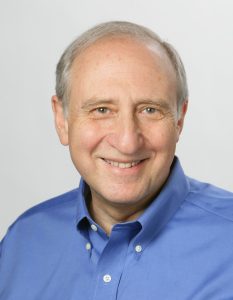
Ben Shneiderman
University of Maryland, College Park
Title: Interactive Visual Discovery in Event Analytics Electronic Health Records and Other Applications
Date: Tuesday, March 7, 2017
Time: 10:30 a.m.
Location: Hackerman Hall B-17
Ben Shneiderman (http://www.cs.umd.edu/~ben) is a Distinguished University Professor in the Department of Computer Science, Founding Director (1983-2000) of the Human-Computer Interaction Laboratory (http://www.cs.umd.edu/hcil/), and a Member of the UM Institute for Advanced Computer Studies (UMIACS) at the University of Maryland. He is a Fellow of the AAAS, ACM, IEEE, and NAI, and a Member of the National Academy of Engineering, in recognition of his pioneering contributions to human-computer interaction and information visualization. His contributions include the direct manipulation concept, clickable highlighted web-links, touchscreen keyboards, dynamic query sliders for Spotfire, development of treemaps, novel network visualizations for NodeXL, and temporal event sequence analysis for electronic health records.
Ben is the co-author with Catherine Plaisant of Designing the User Interface: Strategies for Effective Human-Computer Interaction (6th ed., 2016) http://www.awl.com/DTUI/. With Stu Card and Jock Mackinlay, he co-authored Readings in Information Visualization: Using Vision to Think (1999). His book Leonardo’s Laptop (MIT Press) won the IEEE book award for Distinguished Literary Contribution. He co-authored, Analyzing Social Media Networks with NodeXL (www.codeplex.com/nodexl) (2010) with Derek Hansen and Marc Smith. Shneiderman’s latest book is The New ABCs of Research: Achieving Breakthrough Collaborations (Oxford, April 2016.)
Abstract: Advances in computer and information science and engineering are providing unprecedented opportunities for research and education. My talk will begin with an overview of CISE activities and programs at the National Science Foundation and include a discussion of current trends that are shaping the future of our discipline. I will also discuss the opportunities as well as the challenges that lay ahead for our community and for CISE.
To download Dr. Shneiderman’s lecture series poster, click here.
Ruzena Bajcsy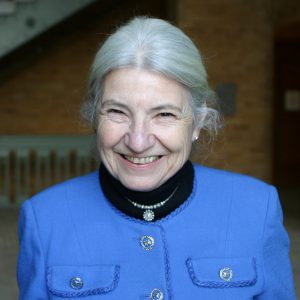
University of California, Berkeley
Title: Development of Kinematic and Dynamic Models For Individual Using System Estimation and Identification Techniques
Date: Tuesday, April 11, 2017
Time: 10:30 a.m.
Location: Hackerman Hall B-17
Ruzena Bajcsy (LF’08) received the Master’s and Ph.D. degrees in electrical engineering from Slovak Technical University, Bratislava, Slovak Republic, in 1957 and 1967, respectively, and the Ph.D. in computer science from Stanford University, Stanford, CA, in 1972. She is a Professor of Electrical Engineering and Computer Sciences at the University of California, Berkeley, and Director Emeritus of the Center for Information Technology Research in the Interest of Science (CITRIS). Prior to joining Berkeley, she headed the Computer and Information Science and Engineering Directorate at the National Science Foundation. Dr. Bajcsy is a member of the National Academy of Engineering and the National Academy of Science Institute of Medicine as well as a Fellow of the Association for Computing Machinery (ACM) and the American Association for Artificial Intelligence.
Abstract: This talk will introduce a kinematic and dynamic framework for creating a representative model of an individual. Building on results from geometric robotics, a method for formulating a geometric dynamic identification model is derived. This method is validated on a robotic arm, and tested on healthy and muscular dystrophy subjects to determine the utility as a clinical tool. In order to capture kinematics of the human body we used Visual observations, either motion capture or the Kinect camera. In order to obtain the dynamical parameters of the individual, we used force plate and force sensors for robot attached to human hand. The work in progress is to use Ultrasound scanner and Acoustic myography in order to estimate the muscle strength. Our current representative kinematic and dynamic model outperformed conventional height/mass scaled models. This allows us for rapid, quantitative measurements of an individual, with minimal retraining required for clinicians. These tools are then used to develop a prescriptive model for developing assistive devices. This framework is then used to develop a novel system for human assistance. A prototype device is developed and tested. The prototype is lightweight, uses minimal energy, and can provide an augmentation of 82% for providing hammer curl assistance.
